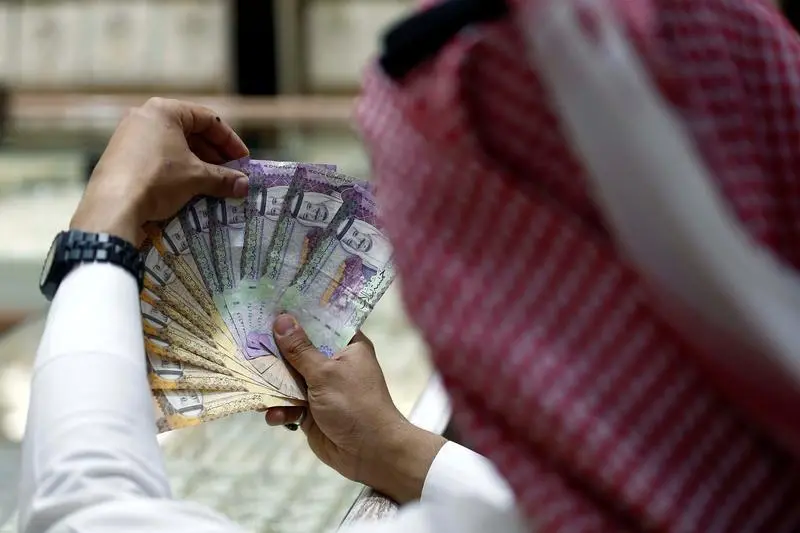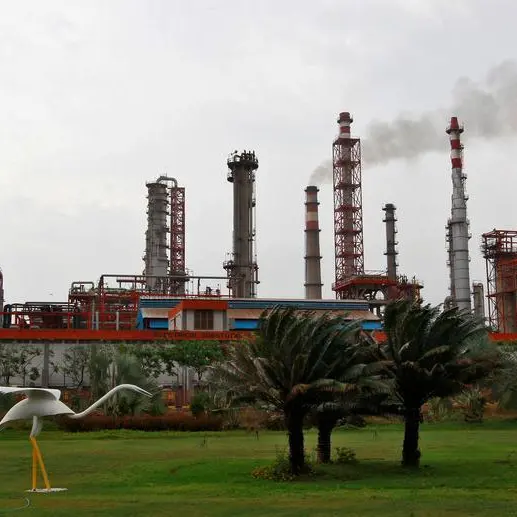PHOTO
Higher provisioning and higher operating expenses - mainly relating to digital transformation initiatives - weighed on Saudi banks’ net income for the fourth quarter of 2019.
Cumulative earnings for banks before zakat stood at 11.9 billion riyals in Q4 versus 11.8 billion riyals in the year-earlier period, a modest 1 percent expansion.
“Saudi banks’ Q4 earnings (before zakat) came below expectations mainly driven by higher cost of risk (COR). Provisioning in the fourth quarter jumped as banks booked higher provisions against their non-performing loans, especially in the construction and commerce sectors,” said Ali El Adou, head of asset management at Dubai-based Daman Investments.
Al Rajhi Bank, the biggest retail lender in the kingdom, made a pre zakat net profit of 2.43 billion riyals in Q4 2019, compared to 2.61 billion riyals in the previous year. Its provisions doubled to 665 million riyals driven by enhanced provisioning for mortgage financing book and for select corporate clients. The banks said its coverage ratio remained above 300 percent, well over the industry average.
“One of the major surprises for the earnings season was the rise in provisioning coverage by Al Rajhi Bank despite its entire bank book comprising more than 70 percent of retail clients,” said Vijay Valecha, chief investment officer, at Dubai-based Century Financial.
The Saudi retail banking sector is traditionally known to be largely resilient through the economic cycle on account of a large individual salary account base.
“Al Rajhi Bank increased its provisional coverage in Q4 on retail book with coverage ratio increasing to 103 percent from 89 percent in 2018,” Valecha added.
Due to this, its retail NPL ratio improved to 33 basis points versus 35bps a year earlier, he added.
While Saudi banks traditionally have strong asset quality metrics, the introduction of IFRS 9 accounting standards for financial instruments in 2018 has exposed some weaknesses in their loan classification.
According to Adou, asset quality has been slightly deteriorating evident by the increase in the stage 2 loans across most of the banks. “The implementation of the ‘expected loss model’ under IFRS 9 was the main driver behind such movements across the risk buckets.”
A KPMG report on Saudi banks noted that of the loans issued in 2019, 7 percent are Stage 2, which means a significant increase in credit risk, and 2 percent were Stage 3, or credit impaired.
Zakat issue
A decrease in zakat expenses by 81.7 percent compared to last year also aided the overall financial health of the bank, said Valecha.
At the end of 2018, most Saudi banks reached settlements totaling 16.7 billion dirhams with government’s General Authority of Zakat and Tax (GAZT) over zakat, a 2.5 percent levy on each bank’s net worth. Al Rajhi Bank was hit with the highest payment, agreeing to pay 5.41 billion riyals, while Riyad Bank and Samba Financial Group paid 3 billion and 2.3 billion riyals respectively. Alinma Bank didn’t pay any settlement and recorded a credit balance, with the authority.
“Payment settlement of past zakat dues by major banks has removed one of the key near term uncertainty for the Saudi banking sector. Saudi banking sector is unlikely to be affected by the zakat payment as the dues are likely to be paid out and spread over number of years,” said Valecha.
Meanwhile, SABB, which merged with Awwal Bank last year, saw its net profit before zakat fall 18 percent y-o-y to 990 million riyals due to higher costs and higher expected credit losses (ECL) charge. Charges for provisions for ECL of 655 million riyals were 290 million riyals, or 79 percent higher than in the prior period.
Riyad Bank’s fourth quarter net profit before zakat stood at 1.24 billion riyals, 8 percent lower compared to Q418.
Samba Financial Group posted a net profit before zakat of 987 million riyals, lower by 31 percent y-o-y.
However, National Commercial Bank, the kingdom's largest lender, posted a pre zakat quarterly net profit of 3.67 billion riyals, up 37 percent due to rise in operating income and a halving of impairment charges.
OPEX pressure
Operating expenses (OPEX)climbed for most banks due to costs relating to digital transformation, payroll expenses and, in the case of SABB, merger integration.
Al Rajhi Bank said its OPEX rose 22 percent in the fourth quarter due to expenses related to IT and digital infrastructure upgrading. Its cost-to income ratio was 32.8 percent at the end of the quarter.
Riyad Bank’s OPEX rose 22 percent to 1.1 billion riyals in Q4, while Samba saw it jump 75 percent y-o-y to 1.1 billion riyals.
Given the margin pressures banks have experienced across the region in past few years, cost and operational efficiencies remain high on every bank’s agenda, said Valecha.
“Consequently, one of the major expense overheads for the banks has been investment in financial technology and other technologies like block chain,” he added.
Adou agreed that Saudi banks have been investing in their digital infrastructure; hence the increase in the operating expenses.
“Cost-to-income ratios varied among banks. Arab National Bank, Al Rajhi Bank and Saudi Fransi witnessed higher increase in the cost-to-income ratios versus other banks,” he added.
(Reporting by Brinda Darasha; editing by Seban Scaria)
Disclaimer: This article is provided for informational purposes only. The content does not provide tax, legal or investment advice or opinion regarding the suitability, value or profitability of any particular security, portfolio or investment strategy. Read our full disclaimer policy here.
© ZAWYA 2020











